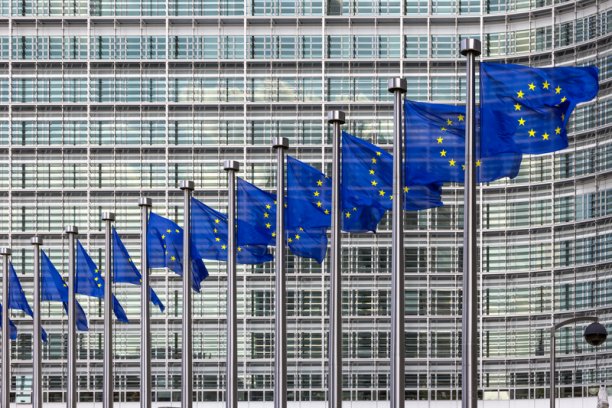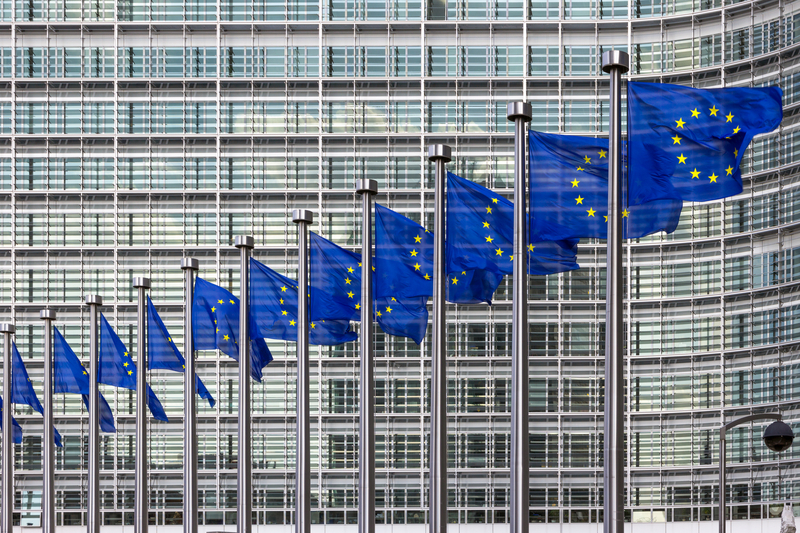
Call for greater EU-US cooperation

EURATEX data for the third quarter of 2020 shows a partial recovery compared to the second quarter for the textiles and clothing sector.

22nd December 2020
Knitting Industry
|
Brussels, Belgium

According to European textiles and clothing sector organisation EURATEX, data for the third quarter of 2020 shows a partial recovery compared to the second quarter for the sector. Nevertheless, EURATEX says, production is still negative, and signs of a full recovery are yet to be seen. EURATEX is calling for the EU to actively engage in crucial areas like the circular economy, digitisation and a level playing field.
After an unprecedented textiles and clothing activity plunge in the second quarter of 2020, the third quarter showed clear improvements, the organisation says. During the 3rd quarter of 2020, EU turnover partially recovered as compared to the previous quarter, and retail sales of textiles, clothing, footwear and leather goods in specialised stores increased by 62% compared to the second quarter.
EU27 production also experienced a rebound compared to the previous quarter with a 25% lift in textiles and uplift of 33% in clothing.
However, EURATEX explains, the EU output reported a negative quarterly growth as compared with the same period in the previous year. The decline in the clothing industry was 15%, while for the textiles, it was 7%. Spain and Italy recorded the worst performances in textiles, with production drops reaching 16.5% on average during the 3rd quarter, while Romania and Austria were severely hit in the clothing sector with respectively 25% and 31% declines.
According to EURATEX, such data tells that the signs of recovery, noticed since May, are now slowing down, due most probably to the reintroduction of stricter measures in European countries. Faced with dramatic forecasts, EURATEX reiterates its calls to the European Union to work on four critical areas, which can be found also in the conclusion of the EU Council on 16 November:
- Turn sustainability and circularity into an opportunity for business
- Invest in upskilling the textiles and clothing labour market, developing new curricula which meet today’s needs around digital production or technical textiles
- Promote access to external markets and ensure level playing field on the EU Internal market
- Invest in innovation, to digitalise production chains and techniques and develop new sustainable materials
“The agreement on the MFF and recovery package on 18 December is an excellent news for everybody, from industry to citizens. Such an achievement can restore confidence in a quick recovery across Europe” says EURATEX’ Dirk Vantyghem. “Therefore, we cannot sit on our laurels: we need to grab the moment and develop an ambitious textile strategy for a sustainable and digital industry.”
As the voice of the European textile and clothing industry, EURATEX works to achieve a favourable environment within the European Union for design, development, manufacture and marketing of textile and clothing products. The EU textile and clothing industry has around 160,000 companies employing 1.5 million workers, with over € 61 billion of exports.

Business intelligence for the fibre, textiles and apparel industries: technologies, innovations, markets, investments, trade policy, sourcing, strategy...
Find out more